Norsuntepe is located in the Keban area (modern eastern Turkey) on the Upper Euphrates, about 25 km from Elazig. The crown of the hill had an area of approximately 500 m to 300 m, within which settlement traces were detectable by archaeologists. Excavations at Norsuntepe were conducted between 1968 and 1974 by the German Archaeological
Norsuntepe is located in the Keban area (modern eastern Turkey) on the Upper Euphrates, about 25 km from Elazig.
The crown of the hill had an area of approximately 500 m to 300 m, within which settlement traces were detectable by archaeologists.
Excavations at Norsuntepe were conducted between 1968 and 1974 by the German Archaeological Institute archaeologists led by Harald Hauptmann, the Heidelberg professor of Prehistory and Early History.
The field works had to be finished by 1974 because of the construction of the Keban Dam works and rising water level.
In the excavations of Norsuntepe, archaeologists conducted investigations on the extractive metallurgy of copper, arsenic and a lustrous gray metalloid found in nature and known as antimony.
Rhey also analyzed excavated smelting products from the area of Norsuntepe (Keban) on the Upper Euphrates.
In all regions of Anatolia the majority of artifacts of a late Chalcolithic date were made of unalloyed copper. Some were also made of arsenical coppers with a low arsenic content.
At Norsuntepe, a site which is now under the waters of Keban dam, smelting furnaces, copper ore, slag, fragments of clay crucibles or molds, and finished metal artifacts have been found inside and in the courtyards of a group of buildings which most probably represented a quarter of the settlement inhabited by metal workers.
Norsuntepe was probably a fortified site, with mudbrick houses finished with plaster and in some instances had wall paintings.
It has been identified 40 settlement layers from different periods of time, namely the late Chalcolithic (4,000- 3,000 BC) through all phases of the Bronze Age until an Urartian settlement in the Iron Age.
Norsuntepe was one of the most important sites of this period.
Chalcolithic (sometimes referred to as the ‘Copper Age’) was an important period of time with achievements, of which most striking development was the extensive use of Copper.
Until this period, the only material that the humankind had used to make their weapons was natural stones.
Later, they learned to process and shape this metal copper to make strong weapons and also ornamentation. We also see a considerable increase in the number of towns scattered across the area.
The new towns of this period were usually built on the water or in rich valleys.
The great mother goddess of Asia Minor was the main deity and they have made many figurines of this goddess which they used in their religious rituals. The burials that were within the houses of preceding Neolithic period now take place outside the towns.
After the Iron Age, which also supplied several richly furnished graves, the settlement was abandoned and destroyed by fire.

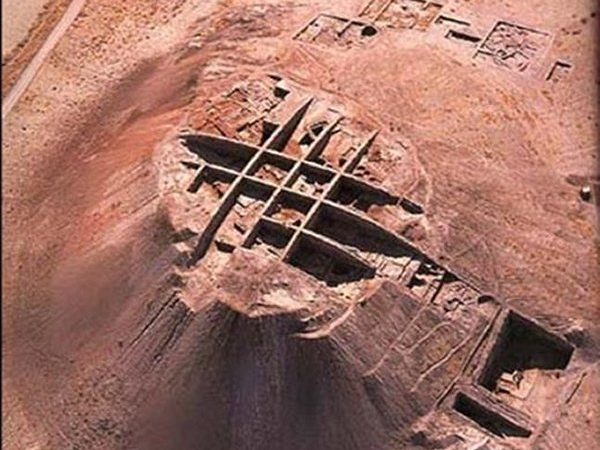


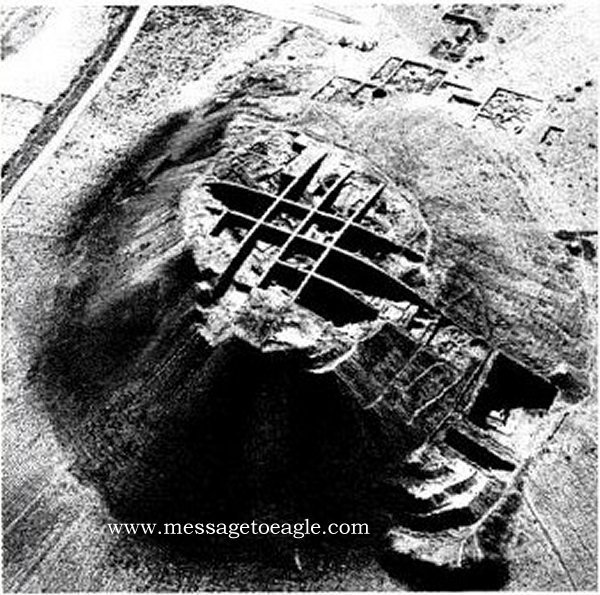
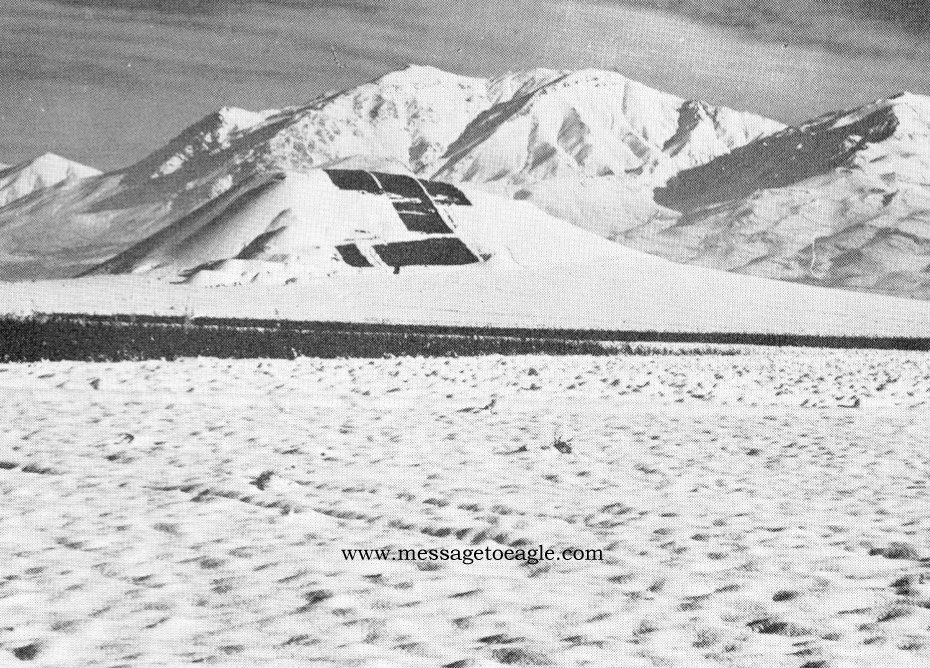
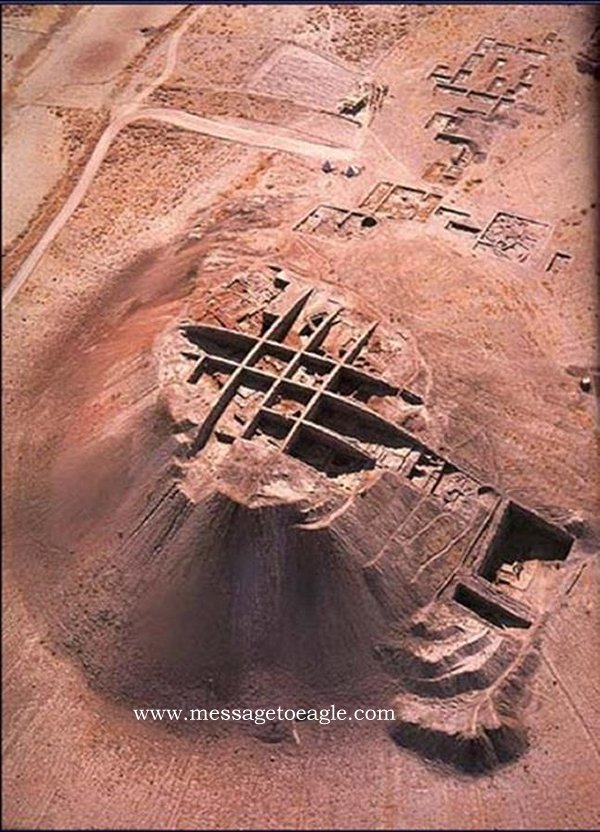
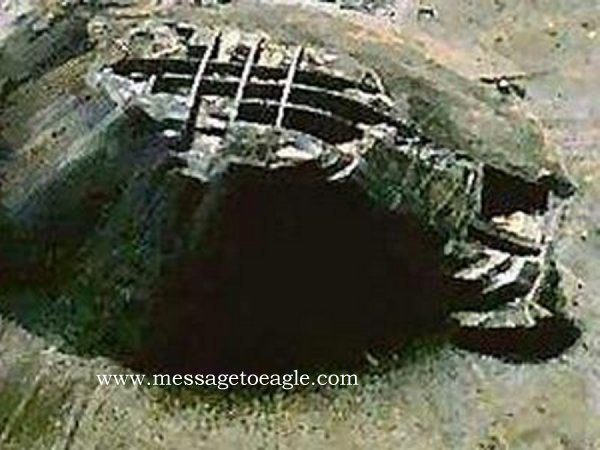































Leave a Comment
You must be logged in to post a comment.